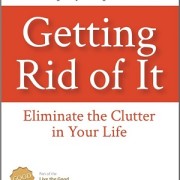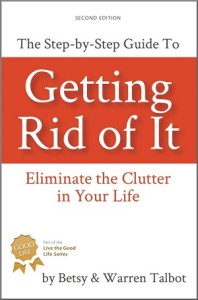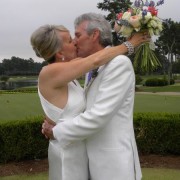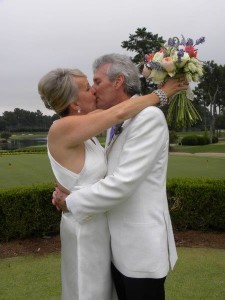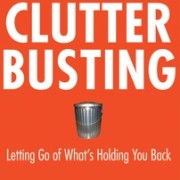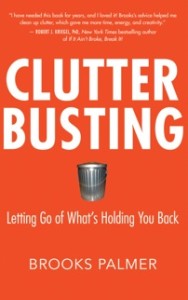In this STUFFology 101 REVIEW, an older and little known work by Dr. Duckett entitled, The Mental Codes, contains the missing ingredient to our success.
Remember the book, The Secret?
Remember the book, The Mental Codes?
Remember The Strangest Secret?
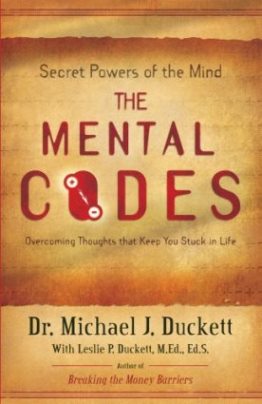 They all sound familiar, right?
They all sound familiar, right?
Depending on your age, you may only have vague familiarity with Earl Nightingale’s, The Strangest Secret.
Almost everyone’s heard of Australian-born Rhonda Byrne’s blockbuster, The Secret. It was a marketing fait accompli!
And what about Dr. Duckett’s, The Mental Codes?
If it sounds familiar, it may be because of its similarity to Dan Brown’s bestselling, Da Vinci Code. Yet, it contains the missing ingredient of The Secret.
I will illustrate with an example.
Since my husband and I gave up TV this year, we find we have more energy—physically and mentally. We are being more proactive by reading, hiking, and catching up with those things that were left behind while we passively soaked up satellite-delivered entertainment.
Each night, before I go to bed, I’ve noticed that my brain is not stuffed with sensual clutter—thoughts and images spinning out of control from hours of TV viewing. I feel more focused and more at peace.
The Mental Codes
In 2008, when I received a signed copy of The Mental Codes, I set it aside to read later. For seven years, it leaned against one of the boxes in my home office. I picked it up multiple times, ready to donate it to the local library. It was adding to my physical clutter, which created mental clutter. Each time I saw it, I wondered: Shall I make time to read it or let it go? It’s still there!
Ultimately, I resisted the popular advice from personal organizing experts, “If it doesn’t make you happy or you haven’t used it in a year, get rid of it.”
The Missing Link
Although, The Mental Codes never became a blockbuster, it contained an important ingredient missing from the other blockbusters. Self-help gurus didn’t create a wellspring of expectation; instead, The Mental Codes quietly shared the missing link.
You’re familiar by now with the saying: When the pupil is ready, the teacher will come. I must have been ready, because I finally picked up the book, earlier this year, and began reading it. It all came together for me in about an hour.
EMOTIONS
It’s all about the strength of our EMOTION!
If I recall, Byrne’s The Secret offered one quote near the beginning that addressed our emotions when attracting what we want. She didn’t emphasize it though, and I missed it. I can’t even find it now among the twenty morsels I had marked with sticky tabs when I read it in 2007.
The intensity with which we feel an emotion while trying to form new habit will determine our success.
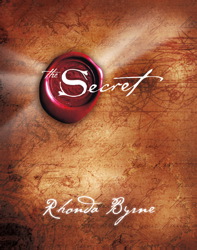
As we know, the world didn’t self-actualize after The Secret. Although Rhonda Byrne’s life was forever changed, after hundreds of millions in sales. Meanwhile, the rest of us, still depend on self-help titles to get us through life’s tough spots.
The Mental Codes, published after The Secret, devotes two chapters to the importance of emotions in getting what we want in life. Duckett highlights this missing yet important ingredient throughout the entire first and last chapters of his book. Duckett’s book truly deserves more attention than the six reviews it received on Amazon.
Unexpected Gift
It’s amazing when you take one step, like letting go of TV, the kind of space it opens in life. It was an unexpected gift within the chapters of a seven-year old book. To think, I almost tossed this missing link, convinced it was clutter.
Today, I focus on the level of emotions I feel as I try to create new habits in my life.
I continue to be in awe of how diverse forces work together to paint a clearer path during our life’s journey. I feel the benefit of a feng shui related practice–to clear cluttered energy–be willing to let go in order to invite in.
I was ready to let go. Yet, I became that pupil who was ready, and that’s when it happened. I opened the book, found the missing link, and if there was any doubt, a day later, I came across this article, The simple secrets to happiness. About midway, it addresses the important role our emotions play in manifesting new habits.
For more information about these titles, visit the Amazon.com page for each.

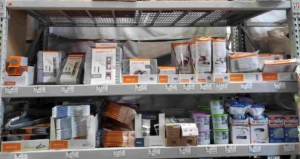

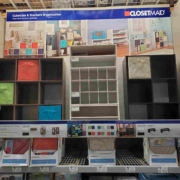
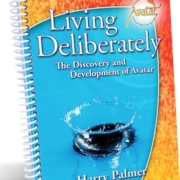
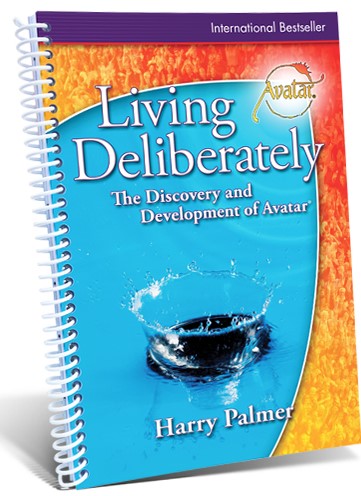
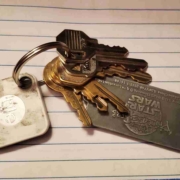
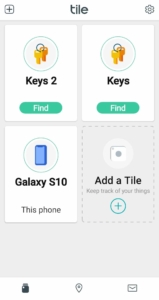
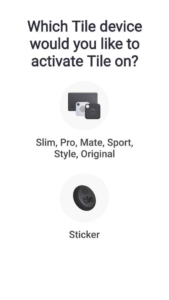
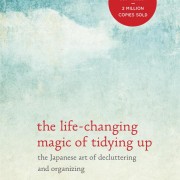
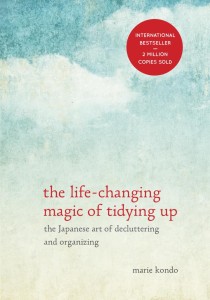 Marie Kondo’s The Life-Changing Magic of Tidying Up takes a Samurai’s approach to ridding ourselves of physical clutter.
Marie Kondo’s The Life-Changing Magic of Tidying Up takes a Samurai’s approach to ridding ourselves of physical clutter.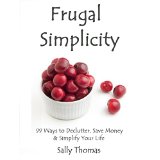
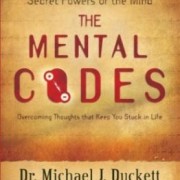
 They all sound familiar, right?
They all sound familiar, right?
